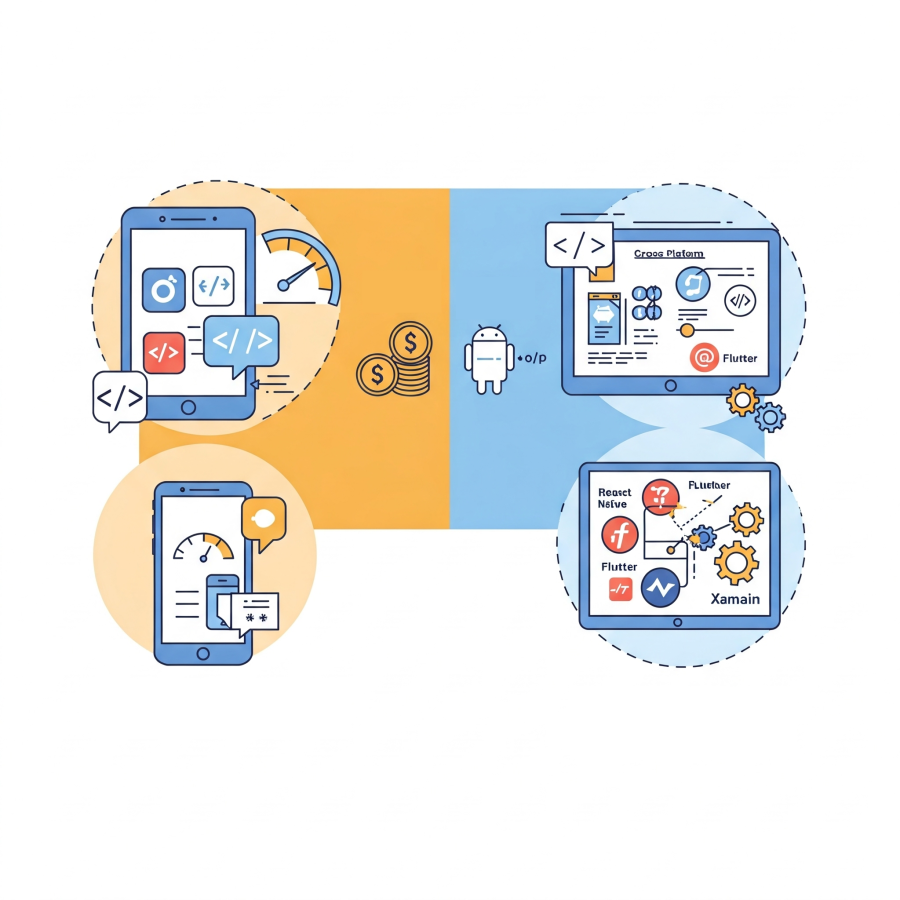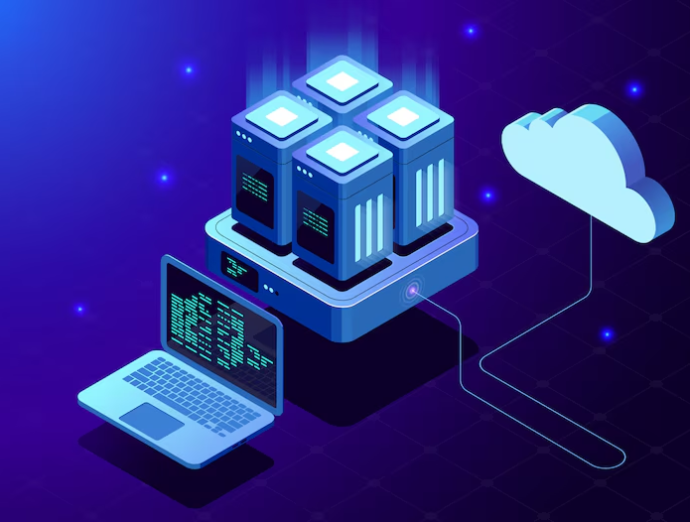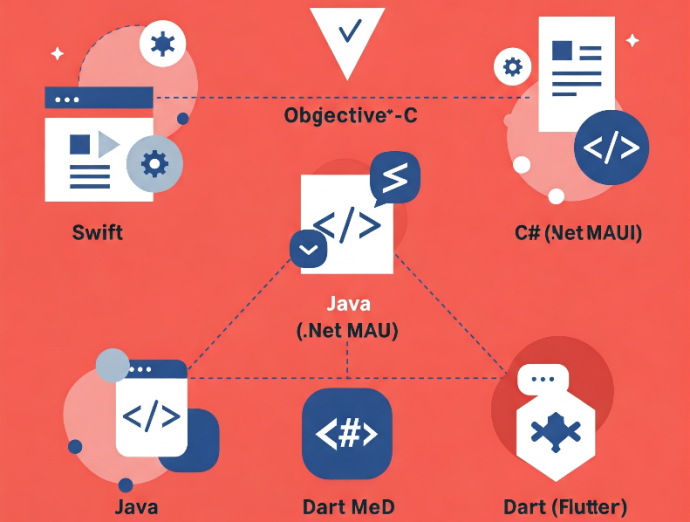Mar 13, 2025 .
By admin
How to Choose the Right Tech Stack for Mobile App Development
Choosing the right tech stack is one of the most critical decisions for any mobile app development project.
Whether you’re building an app for iOS, Android, or both, the tech stack you select will influence everything from performance to scalability and user experience. With numerous frameworks, libraries, and platforms
available, making the right choice is crucial for your project’s success. In this blog, we’ll guide you through
the key considerations for selecting the ideal tech stack for your mobile app development.
Understand Your App’s Requirements
Overview:
Before diving into technology choices, it’s essential to have a clear understanding of your app’s
requirements. The tech stack you choose should be aligned with your app’s functionality, target audience,
and performance goals. For instance, an app that relies heavily on real-time data will require different tools
than a content-heavy or image-processing app.
Key Considerations:
- Platform: Will the app be native to iOS or Android, or do you need a cross-platform solution?
- Functionality: Will the app need heavy computations, data storage, or media processing?
- User Experience: Will the app have real-time features such as messaging, notifications, or live streaming?
By evaluating these needs early in the process, you can narrow down your tech stack options and choose tools that best align with your app’s objectives.
Native vs. Cross-Platform Development
Overview:
Before diving into technology choices, it’s essential to have a clear understanding of your app’s
requirements. The tech stack you choose should be aligned with your app’s functionality, target audience,
and performance goals. For instance, an app that relies heavily on real-time data will require different tools than a content-heavy or image-processing app.
Native Development
- Pros: Optimized performance, access to device-specific features, high-quality UX/UI.
- Cons: Requires separate codebases for iOS and Android, leading to higher development and maintenance costs.
Cross-Platform Development
- Pros: One codebase for both platforms, faster time-to-market, cost-effective.
- Cons: Slightly reduced performance compared to native apps, may face limitations when accessing certain device-specific features.
Decision Factor:
If you need a quick, cost-effective solution with the ability to scale rapidly, cross-platform development with frameworks like Flutter, React Native, .Net MAUI, or Xamarin is an ideal choice. However, for apps requiring superior performance and custom functionality, native development remains the preferred approach.

Selecting the Right Programming Language
Overview:
The programming language you choose will be at the heart of your mobile app’s development. Different
platforms require different languages, and your choice can have significant impacts on the development
speed, app performance, and long-term scalability.
For Native iOS Development:
- Swift: Modern, fast, and designed specifically for iOS development. Ideal for building intuitive and performance-oriented apps.
- Objective-C: Older but still widely used in legacy iOS apps. It can be integrated with Swift for compatibility purposes.
For Native Android Development:
- Kotlin: Google’s preferred language for Android apps. It’s concise, modern, and fully interoperable with Java.
- Java: Although it's been around for a long time, Java is still highly relevant in Android development, especially for legacy apps.
Cross-Platform Languages:
- C# (.Net MAUI): Uses a single codebase for both iOS and Android.
- Dart (Flutter): Known for its fast development cycle and growing popularity for creating highly customizable UIs.
Backend Infrastructure and Database
Overview:
Mobile apps rely on a backend infrastructure to manage user data, perform computations, and ensure app
functionality. Choosing the right backend technologies and databases is essential for app performance,
scalability, and security.
Backend Technologies:
- Node.js: A lightweight and fast server-side technology ideal for real-time apps and handling a large number of concurrent connections.
- Python (Django, Flask): Great for data-intensive applications, offering an easy-to-use environment with robust security features.
- Ruby on Rails: Known for rapid development, making it suitable for startups building MVPs or simple mobile apps.
Databases:
- SQL Databases (PostgreSQL, MySQL): Best for structured data and complex queries.
- NoSQL Databases (MongoDB, Firebase): Perfect for handling unstructured data, high availability, and fast read/write operations.
Choosing the right backend stack depends on factors such as the scale of your app, the type of data you
need to store, and your development timeline.


Tools and Frameworks for Frontend Development
Overview:
The frontend of a mobile app determines the user interface (UI) and user experience (UX). You’ll want a set of tools and frameworks that allow you to build a beautiful, interactive, and fast app.
Popular Frontend Tools and Frameworks:
- .Net MAUI (Xamarin): Popular for cross-platform app development. It allows developers to write code once and deploy on both iOS and Android.
- Flutter: Offers high performance and expressive UIs, allowing developers to create customized interfaces for both platforms.
- SwiftUI (for iOS): Apple’s framework for building user interfaces with Swift, offering an intuitive UI design process.
- Jetpack Compose (for Android): A modern toolkit for Android UIs, built to be more declarative and simple to use.
API Integration
Overview:
Modern mobile apps often rely on APIs (Application Programming Interfaces) for accessing data from
third-party services, integrating with other apps, or enabling certain features (like payments or geolocation).
Why APIs Matter:
- Faster Development: APIs allow you to integrate complex features like payments, social media sharing, or maps without building them from scratch.
- Scalability: APIs offer a way to add new features or connect to different services without disrupting the app’s core functionality.
- Real-time Updates: APIs are essential for apps that need real-time data, such as social networking, e-commerce, or news apps.
Testing and QA Tools
Overview:
Testing ensures the mobile app runs smoothly across different devices, screen sizes, and OS versions.
With users expecting flawless mobile experiences, incorporating automated testing tools is critical.
Testing Tools:
- Appium: Open-source tool for automated testing of mobile apps.
- Selenium: Useful for testing web-based apps on mobile devices.
- XCUITest and Espresso: Native tools for iOS and Android, respectively, offering robust testing environments.
Conclusion: Choose Wisely for Your Mobile App’s Success
Selecting the right tech stack for mobile app development is a decision that will impact the entire lifecycle of
your app. It affects development time, budget, user experience, scalability, and performance. By carefully
evaluating your app’s requirements and understanding the capabilities of each technology, you can make
an informed choice that supports your long-term goals.
Need guidance in building the right tech stack for your mobile app?
Our team of experts is here to help you choose the best tools and technologies for your unique project,
ensuring your mobile app is scalable, secure, and performs at its best.
